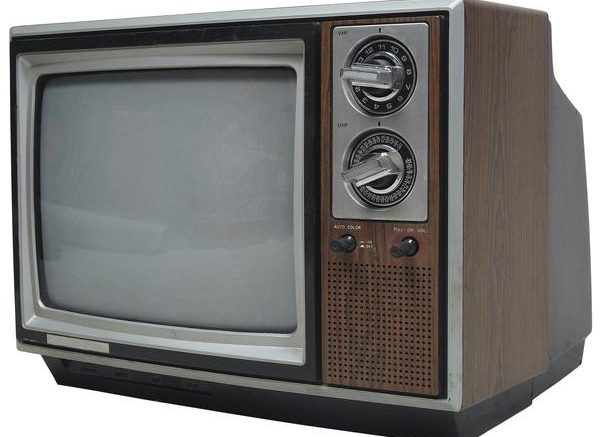OK that’s a little harsh. But put simply, the data doesn’t show that people have stopped watching live TV. In fact they show the opposite – that live TV is almost as strong as ever. Sure, there’s a little bit of a dip, but it turns out that if you believe the Nielsen company, live TV is still a dominant force in entertainment.
The latest Nielsen Report is available and it shows a minuscule dip in live TV watching — about 1% — and still suggests that the average person consumes up to 4.5 hours of live TV a day. That’s pretty amazing considering what you’re constantly told about how everyone is either watching DVR stuff or streaming now.
I think it’s very possible that the Nielsen folks aren’t collecting data accurately. After all they’ve been consistently behind the times and maybe there’s something about their process that favors live TV watchers. After all they are bankrolled by the broadcast TV industry, who certainly does not want to be told they’re obsolete. It’s possible.
It’s just as possible that folks, we’re just not as technologically advanced as we think we are. Sure, there are plenty of us who watch on our mobile devices or favor DVRs, but clearly there are large chunks of Americans who are sitting in front of a TV and watching live. Are you one of them?
The other little tidbit found in the report is that the number of homes with only over-the-air TV is growing. It’s a growing movement, one that embraces the simple joy of just seeing what’s on and knowing that you don’t have to pay for it. With cable bills at historic highs and unlikely to drop, you’re going to see people just giving it up and moving to a combination of antenna and streaming that’s bound to satisfy at a much lower price point.
OPINION: Look folks, I’m not a statistician and I’ll admit that I haven’t looked deeply at the raw data or the methodology in any meaningful way. I do think that the data about cord cutting is accurate, but there’s something about this study that just doesn’t quite ring true for me. I really want to believe there are large conclaves of people sitting out there watching live TV but I’m more likely to believe that there’s part of this picture we’re not seeing. I’m incredibly bullish about live TV, but I think that broadcasters themselves do a poor job of looking at the people who are really watching. I think that probably has to do with companies like Nielsen who have functioned in the past as “Dr. Feelgoods,” providing the news the industry wants to hear without preparing people for the truth that we’ll face in the future.
I’ve said it before, and many times; broadcast TV needs to reinvent itself, and not just as a source of local news. Conventional wisdom says that the two things you can’t get from the internet are local news and local sports. Seriously, if you think about that, it’s ludicrous. Of course you can get local news and sports from the internet, live and instantaneously. Whether it’s Periscope or YouTube or some other delivery system, the stage’s been set for a huge uprising of locally-produced live video. All of a sudden you don’t need to be a broadcaster to send live video of a sporting event out to the world… you just need a smartphone. And local news? I hate to tell you folks but when I want local news that matters I go to Twitter. I know that sounds weird but the little city in which I live is utterly underserved by broadcasters. However, the police and fire departments have active public information officers who tweet and facebook-post the kind of information I need, right now.
Local broadcasters are, in my opinion, ignoring something that they could be doing better than the internet – quality journalism. Quality journalism, true investigation, takes real money. Newspapers do less and less of it because their ad revenues can’t support it. However, there’s still enough money in TV to actually hire reporters. Unfortunately, news departments on local TV have turned into little more than entertainment reports and it’s rare to see a well-produced, insightful report on my local stations. Sure, pretty much anyone can shoot smartphone video of an event in progress, but it takes some smarts to be able to interpret that video.
If there’s any hope for quality local journalism, it lies with television. The one good thing about this Nielsen report, whether or not it’s essentially true and whether or not it actually gives a real picture of how people watch TV, is that it will let broadcasters keep ad rates high. This means they “could” continue to fund investigative journalism. Let’s hope they do.



